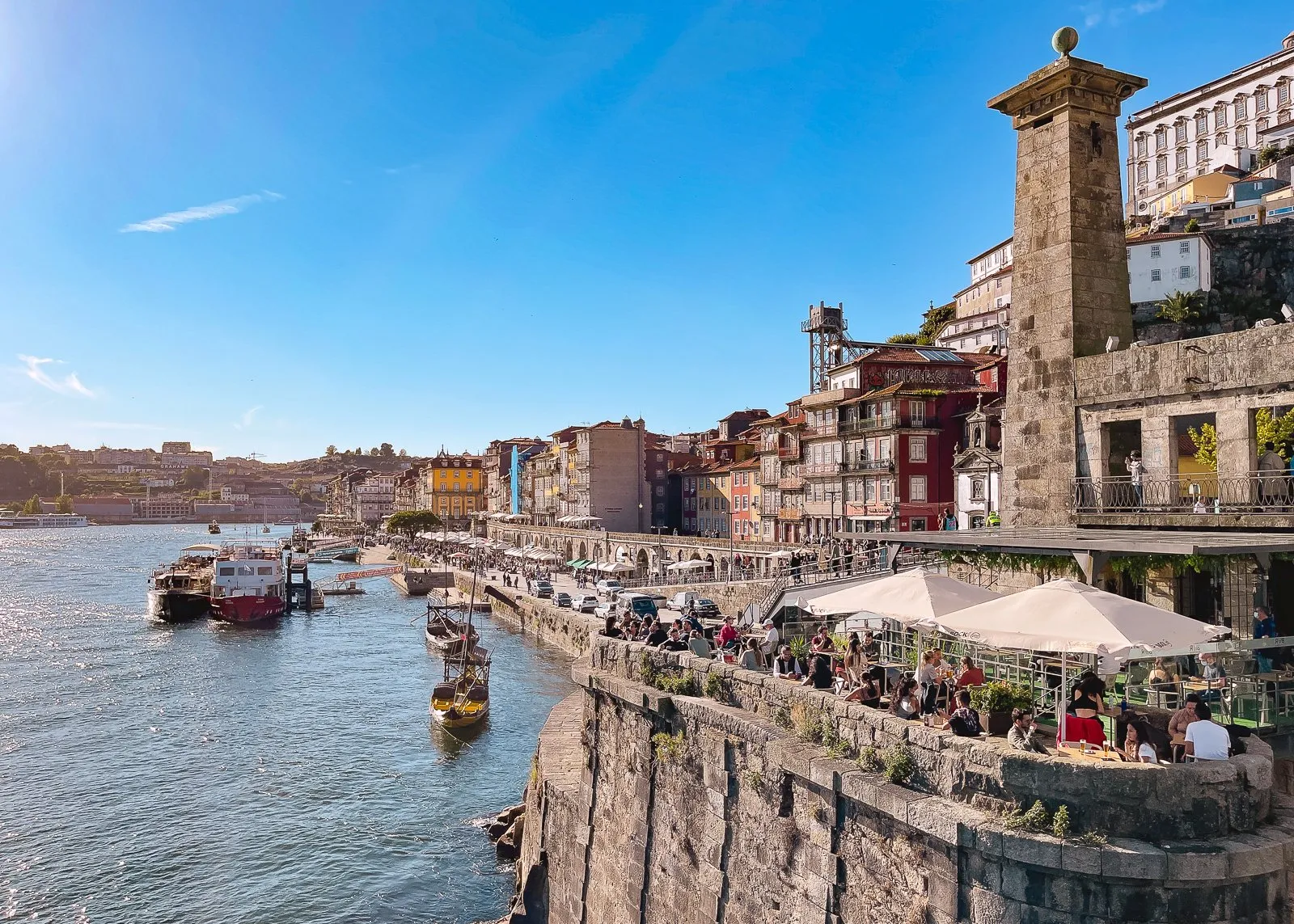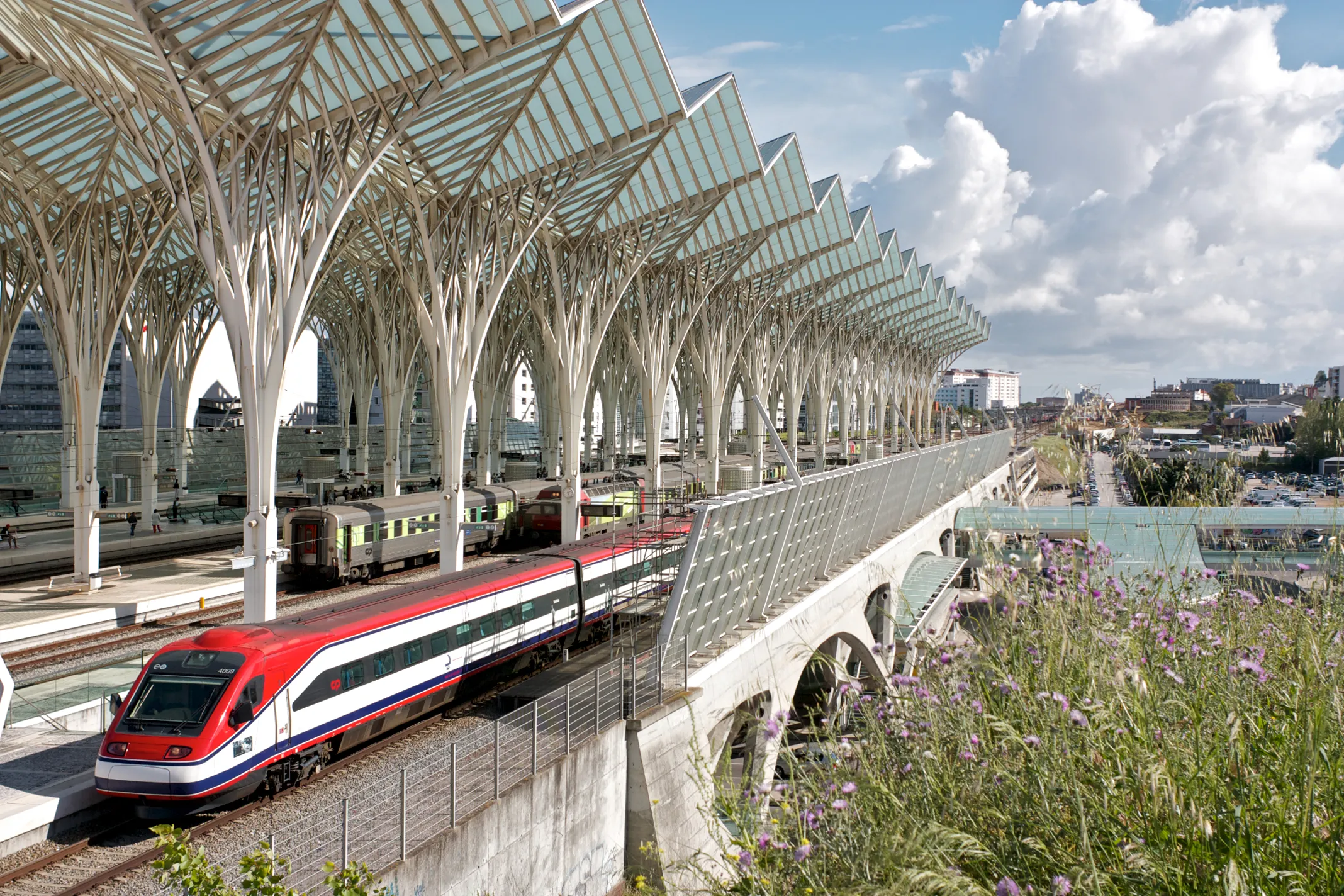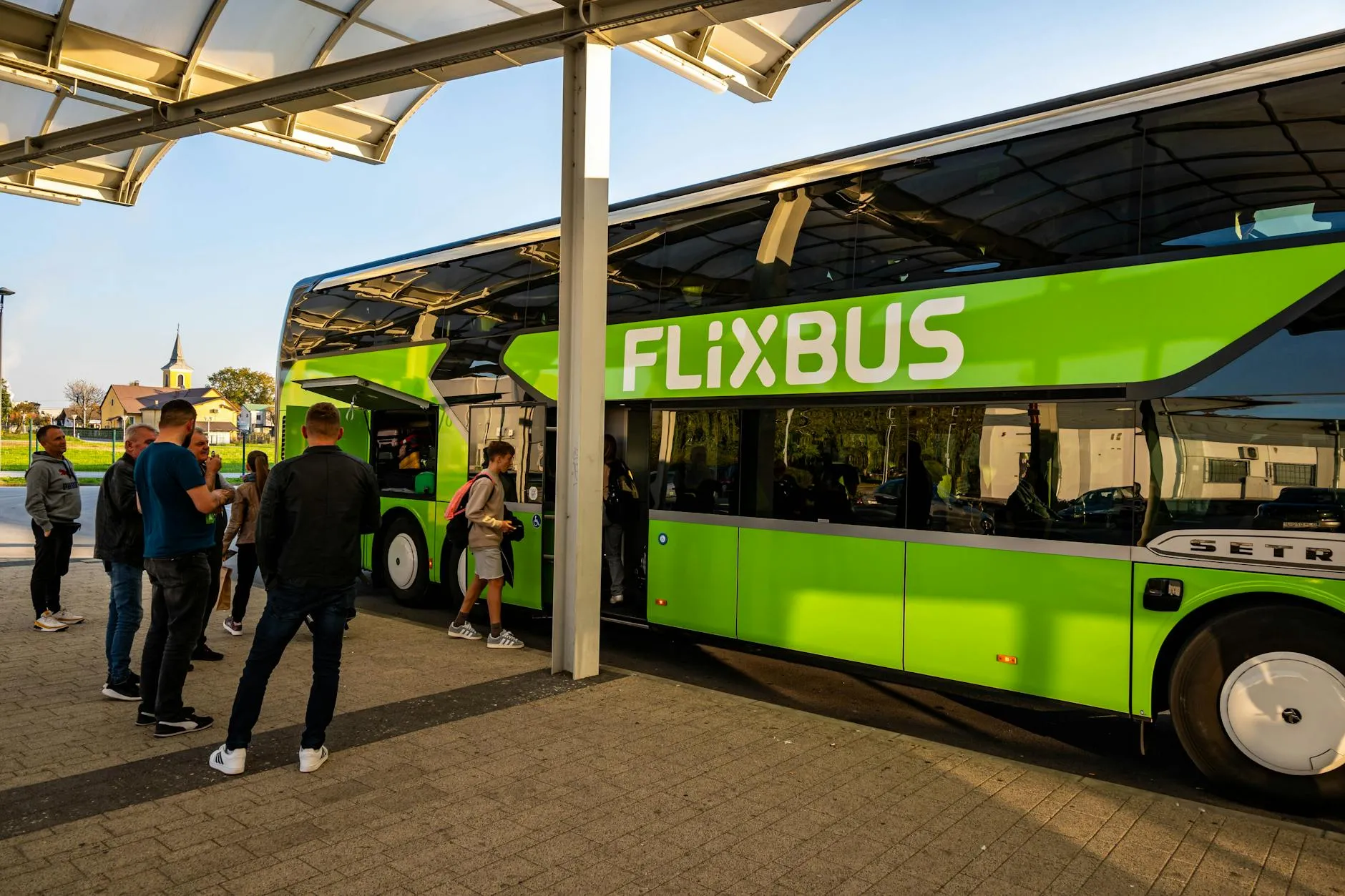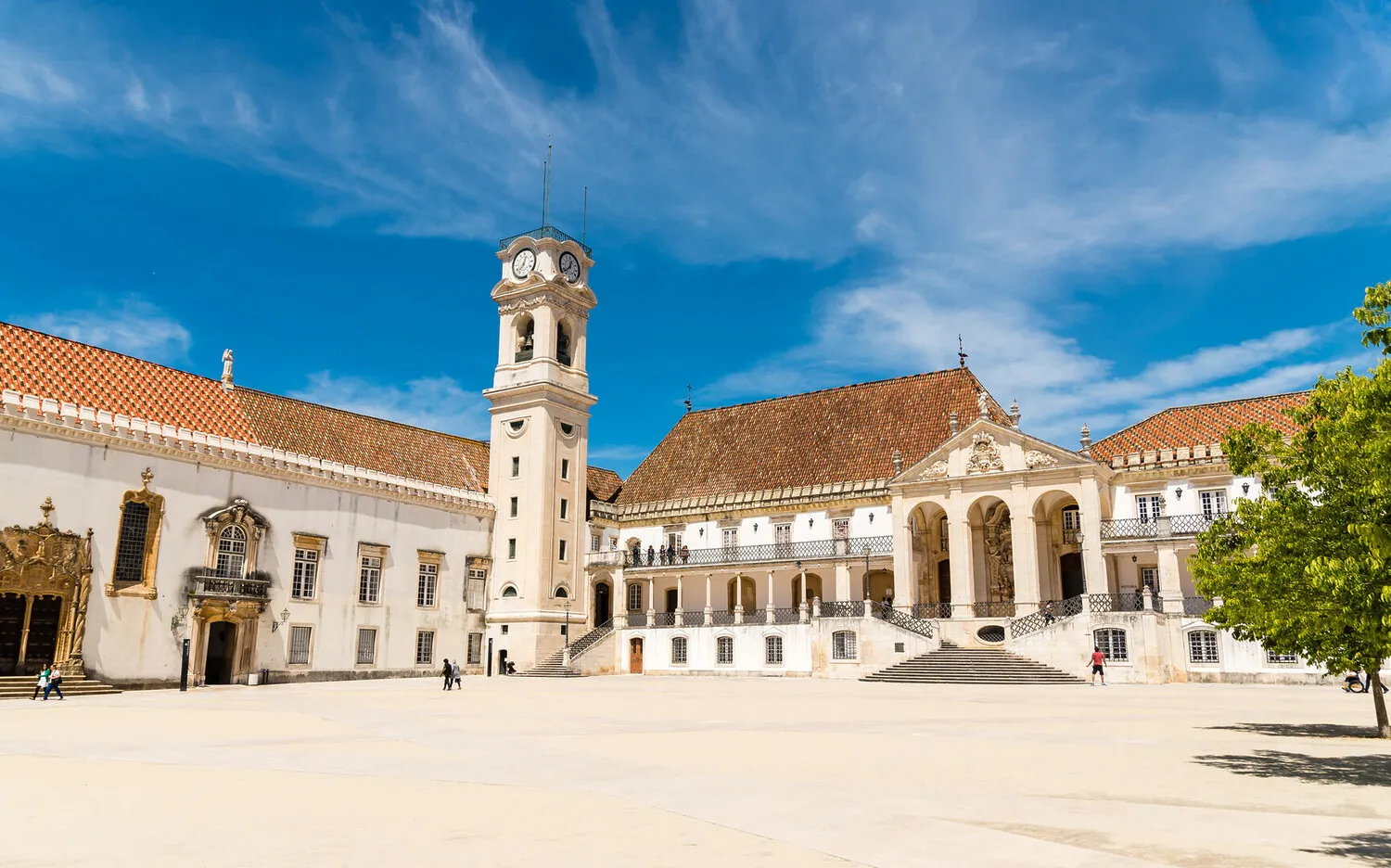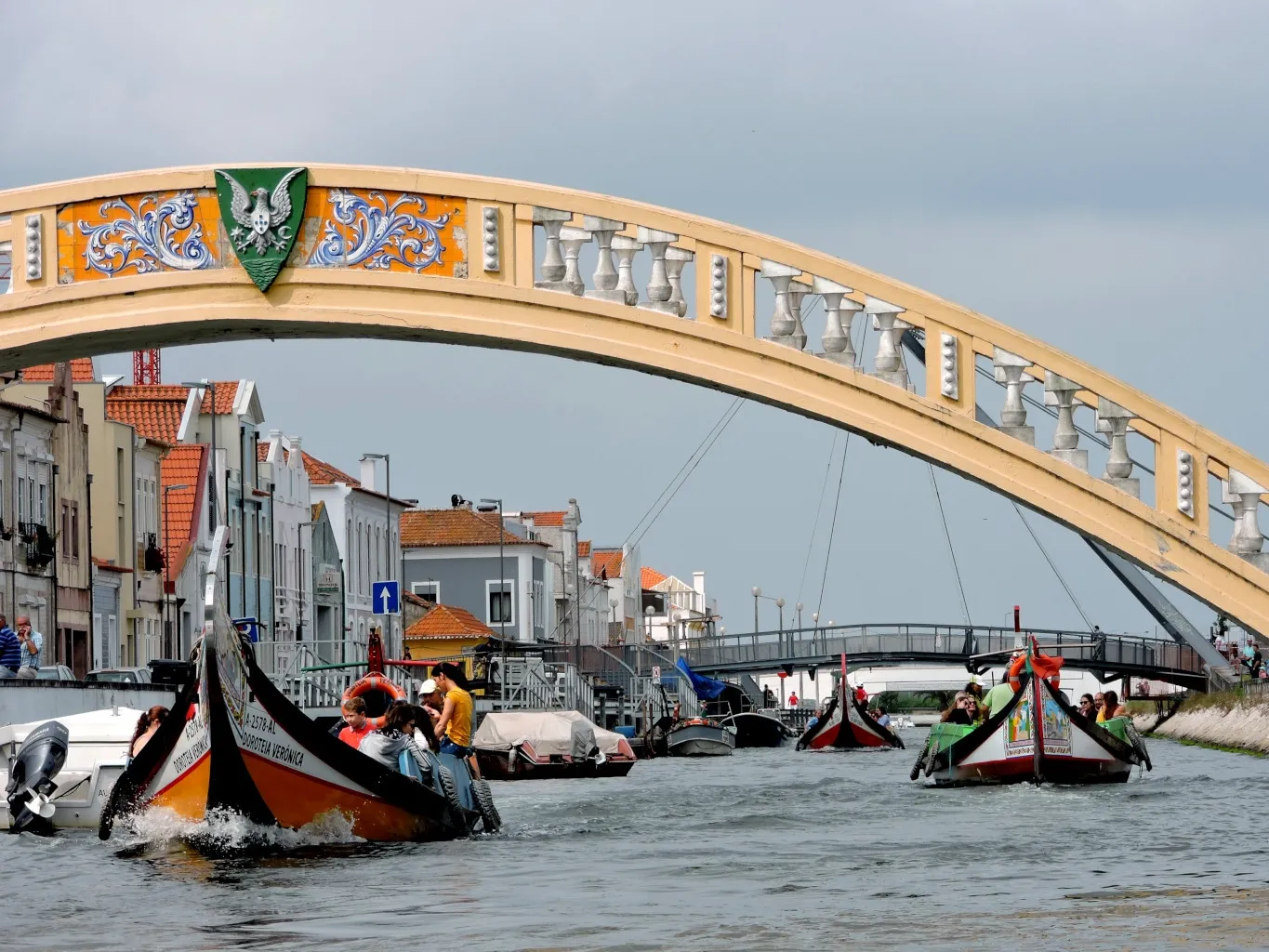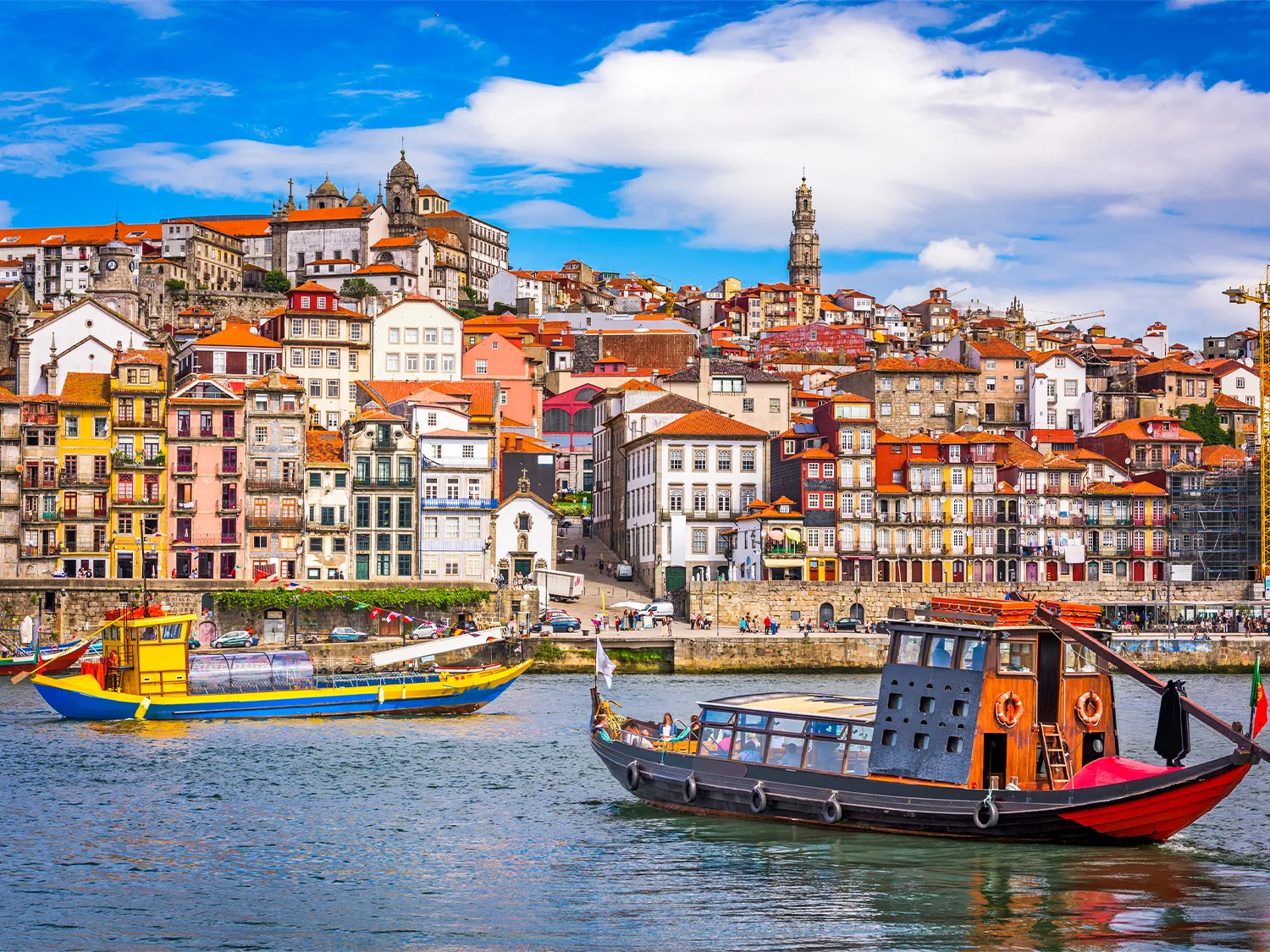The journey from Lisbon to Porto is more than just a transfer between Portugal’s two largest cities; it’s a rite of passage for any traveler exploring this sun-kissed corner of Europe. It’s the transition from the capital’s seven cinematic hills and sun-drenched plazas to the moody, granite-lined banks of the Douro River in the north. This trip is a core part of the Portuguese experience, a route that connects the nation’s historic heart with its industrious soul. As an American expat who has called Lisbon home for years, the well-trodden path to Porto is one I know intimately. I’ve taken the sleek Alfa Pendular for quick work trips, hopped on a last-minute bus when plans changed, and meandered up the coast by car with my family, discovering hidden gems along the way. This isn’t just a summary of timetables; this is my unfiltered, hands-on guide to help you choose the perfect way to travel from Lisbon to Porto.
Lisbon to Porto Travel at a Glance
To help you make a quick decision, here is a summary of the best travel options:
| Travel Mode | Best For | Average Time (Door-to-Door) | Average Cost (One-Way) | Expert Rating |
| Train | Speed, Comfort & Overall Experience | 3.5 hours | $25 – $45 | ★★★★★ |
| Bus | Ultimate Budget Travel | 4 hours | $7 – $20 | ★★★☆☆ |
| Car (Direct) | Groups with Lots of Luggage | 3.5 hours | $50 – $70 (fuel + tolls) | ★★☆☆☆ |
| Car (Road Trip) | Scenery, Flexibility & Adventure | 1-3+ Days | $100+ | ★★★★★ |
| Plane | (Rarely Recommended) | 4-5 hours | $40 – $170 | ★☆☆☆☆ |
Best Way to Travel from Lisbon to Porto: A Comparison
For the vast majority of travelers, the decision comes down to a simple trade-off between cost, comfort, and time. The train emerges as the clear winner, offering an exceptional balance of all three. It provides a comfortable, scenic, and efficient city-center to city-center service that makes the journey from Lisbon to Porto feel like part of the vacation. The bus is a perfectly viable alternative for those on a shoestring budget, delivering you between the cities for astonishingly low prices, though with a noticeable dip in comfort.
The car occupies a unique space. As a direct mode of transport, it is arguably the worst choice—more expensive and stressful than the train. However, if you reframe the journey itself as the destination, a rental car unlocks the freedom to explore the charming medieval towns and dramatic coastlines that lie between Lisbon and Porto, transforming a simple transfer into an unforgettable road trip.
Traveling from Lisbon to Porto by Train: The Top Choice
Taking the train is the most civilized and stress-free way to travel between Lisbon and Porto. The journey begins and ends in centrally located stations, allowing you to step off the train and be minutes away from your hotel or the city’s main attractions. This completely sidesteps the time, cost, and anxiety of airport transfers or navigating congested city traffic in a rental car.
Furthermore, Portugal’s rail system is excellent, and the route offers pleasant, rolling views of the countryside, from olive groves to small towns, making the three-hour trip a relaxing and enjoyable experience. It’s a moment to unwind, read a book, and watch the landscape shift as you head north.
Alfa Pendular (AP) vs. Intercidades (IC): Choosing Your Train
Portugal’s national rail company, Comboios de Portugal (CP), operates two distinct services on this popular route. While they both get you there comfortably, choosing the right one depends on your priorities.
- Alfa Pendular (AP): This is CP’s premier, high-speed service. These modern, tilting trains can reach speeds of up to (), completing the journey in approximately 2 hours and 50 minutes. The AP trains offer a superior level of comfort with more legroom, guaranteed power outlets at every seat, free Wi-Fi, and a well-stocked cafe-bar. The tilting technology allows the train to navigate curves at higher speeds, shaving about 30-40 minutes off the travel time.
- Intercidades (IC): This is the standard intercity service. These trains are slightly older and slower, taking around 3 hours and 20 minutes due to making more stops along the route. While still comfortable, air-conditioned, and equipped with a cafe-bar, amenities are a step down from the AP. Power sockets are not guaranteed in second class, and the seats offer slightly less space. The main advantage is the price; IC tickets are consistently cheaper than their AP counterparts.
My personal take? I often opt for the IC train. While the Alfa Pendular is marketed as the premium choice, its signature tilting motion can be a bit nauseating for travelers prone to motion sickness. For a time penalty of just over 30 minutes, the IC often provides a smoother, more stable ride and leaves more euros in your pocket for a pastel de nata when you arrive. The experience on both is very similar, so unless every minute counts, the IC offers fantastic value.
Lisbon to Porto Train: Traveler Reviews & Insider Tips
Traveler reviews consistently praise the train journey for being clean, punctual, and comfortable. Upgrading to first class often costs only a small amount more and is frequently cited as a worthwhile investment for the extra space and quieter atmosphere.
However, there are a few common pain points to be aware of. Luggage storage racks at the end of the carriages are limited and can fill up quickly, so it’s wise to board early to secure a spot for larger bags. The onboard Wi-Fi can be spotty and is not reliable enough for sustained work. Most importantly, these trains—especially the Alfa Pendular—can and do sell out completely during peak season and on weekends. There is no standing room allowed; once all seats are sold, you cannot board the train.
Actionable Insider Tips:
- Booking: For the best prices, book your tickets directly on the official Comboios de Portugal website (cp.pt) at least two to four weeks in advance. This gives you access to “Promo” fares, which can offer discounts of up to 60%.
- Seating: For the most scenic journey from Lisbon to Porto, which includes some beautiful coastal stretches near Espinho, book a seat on the left side of the train.
- Arrival in Porto: Your long-distance ticket to Porto includes a free transfer on a local (Urbano) train from the main Campanhã station to the magnificent, centrally-located São Bento station. Do not waste money on a taxi or Uber. Simply exit the platform at Campanhã, look for the signs to São Bento, and board the next departing train within one hour of your arrival, showing your original ticket if asked.
Train Logistics: Stations, Booking, and Costs
- Lisbon Stations: Most trains depart from Lisboa – Santa Apolónia, the city’s oldest terminal, conveniently located on the edge of the historic Alfama district. All trains then stop at Lisboa – Oriente, a stunning modern station designed by Santiago Calatrava, which is closer to the airport and connected via the metro. For most tourists staying centrally, Santa Apolónia is the more convenient starting point.
- Porto Stations: All long-distance trains arrive at Porto – Campanhã, the city’s main transport hub located on the eastern outskirts. From here, you use your free transfer to get to Porto – São Bento, a destination in itself, famous for its grand hall adorned with over 20,000 blue-and-white azulejo tiles depicting scenes from Portuguese history.
- Costs: Prices are dynamic. Expect to pay around $35-$45 for a standard second-class ticket on the Alfa Pendular and $25-$35 for the Intercidades. First-class tickets are typically $10-$15 more. Booking in advance can slash these prices significantly.
Traveling from Lisbon to Porto by Bus: The Budget Option
Is the Bus Worth It? An Honest Look
For the truly budget-conscious traveler, the bus is the undisputed champion. With tickets sometimes costing less than a coffee and a pastry, it’s an incredibly economical way to travel the between Lisbon and Porto. The journey time is also surprisingly competitive, with the fastest services taking just 3 hours and 15 minutes, only slightly longer than the IC train.
However, this saving comes with a trade-off in comfort and overall experience. While modern and safe, the buses offer less personal space, fewer amenities, and a ride that is subject to the whims of motorway traffic.
FlixBus vs. Rede Expressos: Choosing Your Carrier
Two main companies dominate the Lisbon-Porto bus route, and your choice between them reflects a decision about your travel priorities.
- FlixBus: The German low-cost giant has driven down prices across Portugal. It consistently offers the cheapest fares, sometimes as low as $5. Its business model is built on high volume, which means buses are frequently packed, often over 80% full. The experience can feel more chaotic, with a younger, backpacker-heavy crowd.
- Rede Expressos: This is the established Portuguese national carrier (which also operates routes under the Renex brand). Its tickets are typically a few euros more expensive than FlixBus, but the buses are often less crowded—around 45-50% full on average. This can lead to a more relaxed and comfortable journey with more personal space.
The decision between the two is not just about saving a few dollars. It’s a strategic choice about your travel style. If you are a student or backpacker where every dollar counts and you don’t mind a bustling, unpredictable environment, FlixBus is a perfect match. However, if you are a couple or family who values a calmer atmosphere and a more guaranteed level of comfort for a slightly higher but still very reasonable price, Rede Expressos is the smarter, more reliable choice.
Bus Travel Experience: Reviews from the Road
Traveler reviews for bus travel are generally positive, highlighting the incredible value for money. Buses are described as modern, clean, and safe, with the journey often being seamless and on-time.
The negative feedback centers almost entirely on comfort and amenities. Seats can feel cramped on a 3.5-hour journey, with some travelers describing them as “torture.” The advertised free Wi-Fi is notoriously unreliable, so you should have entertainment downloaded in advance. Perhaps the most common complaint is about the toilets, which are sometimes kept locked by drivers, forcing passengers to rely on a single, brief 10-minute rest stop halfway through the trip.
Bus Logistics: Stations, Booking, and Costs
- Lisbon Stations: The two main departure points are Sete Rios Bus Terminal (the primary hub, accessible via the Jardim Zoológico metro station) and the bus terminal at Oriente Station. Be sure to double-check your ticket for the correct departure point.
- Porto Station: Nearly all buses arrive at the Terminal Intermodal de Campanhã (TIC), which is conveniently located next to the Campanhã train and metro station, providing a seamless connection to the city center.
- Booking: It’s best to use an aggregator site like Omio or Busbud to easily compare schedules and prices from all carriers in one place. Booking in advance secures the lowest fares, as prices rise closer to the departure date.
Lisbon to Porto by Car: The Ultimate Road Trip
Should You Drive from Lisbon to Porto?
Let me be clear: do NOT rent a car if your only goal is to get from Lisbon to Porto. The direct drive along the A1 motorway is monotonous, and the combination of high toll costs (around $25 each way) and fuel makes it significantly more expensive than two train tickets. Add to this the universally-agreed-upon nightmare of driving and parking in the narrow, congested streets of both Lisbon and Porto, and it becomes the least practical option.
However, if you want to turn the 3-hour drive into a 2 or 3-day adventure and discover the heart of Portugal, then a car is not just an option—it’s the only option. The freedom to explore medieval castles, watch giant waves crash on the Silver Coast, and wander through ancient university towns is what makes this a fantastic choice for the experiential traveler. The car is a tool for exploration, not a method of transportation.
The Ultimate Lisbon to Porto Road Trip Itinerary
This flexible itinerary hits the absolute must-see stops between the two cities. You can do it in a rushed day, but spreading it over two or three days allows you to truly soak in the atmosphere of each unique location.
| Stop | Why Visit | Recommended Time | Insider Tip |
| Óbidos | A perfectly preserved medieval walled village | 2-3 hours | Visit early morning to avoid the crowds and try the Ginjinha in a chocolate cup |
| Nazaré | World-famous giant waves and a charming fishing town | 3-4 hours | Take the funicular to Sítio and visit the lighthouse, even if the waves aren’t big |
| Coimbra | Home to one of Europe’s oldest universities | 4 hours to overnight | Book tickets for the Joanina Library online in advance to avoid disappointment |
| Aveiro | Portugal’s “Venice” with canals and colorful boats | 2-3 hours | Take a short drive to Costa Nova to see the iconic candy-striped houses |
Day 1 Stop: Óbidos – A Fairytale Walled Town
Just over an hour north of Lisbon lies Óbidos, a stunning medieval village completely encircled by fortified stone walls. Walking these ramparts and looking down on the labyrinth of cobblestone streets and whitewashed houses with their bright blue and yellow trim feels like stepping back in time.
Must-Do: Don’t leave without trying the local cherry liqueur, Ginjinha de Óbidos, which is famously served in a small, edible chocolate cup. It’s a quintessential Portuguese experience you’ll find at tiny stalls throughout the village.
Tip: Óbidos is a major tourist draw and can feel overwhelmingly crowded by midday. To experience its true magic, either arrive right after breakfast or, better yet, stay overnight in the castle, which has been converted into a luxurious Pousada, and wander the empty streets after the tour buses have departed.
Day 1/2 Stop: Nazaré – Chasing Giant Waves & Seaside Charm
Nazaré is a town of two distinct personalities. For most of the year, it’s a traditional fishing village with a beautiful crescent-shaped beach where you can see women in traditional seven-layered skirts. But in the winter (roughly October to March), an underwater canyon offshore produces the largest surfable waves on the planet, attracting daredevil surfers from around the globe.
Must-Do: Take the funicular railway up the cliff to the Sítio neighborhood. From there, walk out to the 16th-century fort and lighthouse, which now houses a small but fascinating surf museum. This is the vantage point from which to witness the monster waves, and the entry fee is only about $1.
Tip: Even if the waves aren’t pumping, the trip is worthwhile. The seafood restaurants lining the beachfront in the lower town serve some of the freshest and most delicious grilled fish you will find anywhere in Portugal.
Day 2 Stop: Coimbra – Ancient University & Haunting Fado
Perched on a hill overlooking the Mondego River, Coimbra was Portugal’s medieval capital and is home to its oldest and most prestigious university, founded in 1290. The city has a palpable academic energy, with students in traditional black capes rushing between ancient colleges.
Must-Do: The highlight is the University of Coimbra itself, a UNESCO World Heritage site. The crown jewel is the magnificent Biblioteca Joanina, a baroque library housing over 60,000 ancient books, which you must book tickets for online in advance. In the evening, seek out a performance of Fado de Coimbra, a style unique to the city that is traditionally sung only by male university students and has a more somber, intellectual feel than the fado of Lisbon.
Day 3 Stop: Aveiro – The “Venice” of Portugal
While the “Venice of Portugal” nickname is a bit of a marketing stretch, Aveiro has a unique charm all its own. The city is defined by its network of canals, crisscrossed by ornate footbridges and plied by colorful, gondola-like boats called moliceiros. The waterfront is lined with beautiful Art Nouveau buildings.
Must-Do: After a boat tour, take a short drive or local bus to the nearby coast to visit Costa Nova. Here you’ll find the iconic palheiros, historic fishermen’s houses painted in vibrant candy-colored vertical stripes. It’s one of the most photogenic spots in the entire country.
Tip: Be sure to try the local delicacy, Ovos Moles. This sweet treat, made from egg yolks and sugar encased in a thin rice-paper wafer (often shaped like shells or fish), has a protected geographical indication and is a true taste of Aveiro.
Hidden Gems & Worthy Detours
If you have more time, consider adding stops in Tomar, the historic seat of the Knights Templar; Batalha, to see its breathtaking Gothic monastery; or Peniche, a laid-back surf town and the jumping-off point for boat trips to the beautiful Berlengas islands.
Driving Logistics: Rentals, Tolls, and Tips
- Rental Advice: The golden rule of renting a car in Portugal is to pick it up at Lisbon Airport on the day you are leaving the city. Do not attempt to drive or park within Lisbon’s historic center; it is a costly and stressful endeavor you will regret.
- Tolls: The main motorways (designated with an ‘A’, like the A1) are toll roads. Most rental cars come equipped with a Via Verde electronic transponder. This device automatically registers tolls as you drive through the designated lanes, and the rental company will bill you for the total at the end of your trip. It is the most seamless way to handle tolls.
- Navigation: While motorways are fastest, the real beauty of a road trip is found on the smaller national roads (N-roads). For a more scenic coastal route, consider taking the N8 and N109, which run roughly parallel to the A8/A17 motorways and pass through many more small towns and villages.
Other Ways to Travel from Lisbon to Porto
For the sake of comprehensiveness, it’s worth addressing two other options, though neither is recommended for most travelers.
- Flights: Several airlines, including TAP Air Portugal, operate the short flight between Lisbon and Porto. While the flight itself is only about an hour, this is a classic novice travel trap. When you factor in the time and cost of getting to and from the airports (which are outside the city centers), passing through security, and waiting at the gate, the total door-to-door journey time is often longer, more expensive, and significantly more stressful than simply taking the train.
- Ridesharing (BlaBlaCar): Services like BlaBlaCar connect drivers with empty seats to passengers heading in the same direction. It can be an extremely cheap option, but it comes with significant downsides. You are subject to the driver’s schedule, reliability, and driving habits. It lacks the comfort, amenities, and formal safety net of a bus or train, making it suitable only for solo, flexible travelers on a very tight budget.
Final Verdict: The Best Way to Get from Lisbon to Porto
Choosing how to get from Lisbon to Porto ultimately depends on what kind of traveler you are and what you want from your trip to Portugal.
- For the comfort-seeker and first-timer, take the train. It is the most relaxing, efficient, and enjoyable way to travel. Book the Alfa Pendular if speed is your absolute priority, or the Intercidades for nearly the same experience at a better price. You can’t go wrong.
- For the budget backpacker, take the bus. It’s astonishingly cheap and gets the job done efficiently. I would lean towards Rede Expressos for a slightly more comfortable experience, but if every last euro counts, FlixBus will get you there.
- For the adventurer and slow traveler, rent a car and make it a 3-day road trip. The journey between the cities is filled with some of Portugal’s greatest treasures, from medieval towns to windswept coasts. This is how you see the real country beyond the tourist hubs.
Read more:
